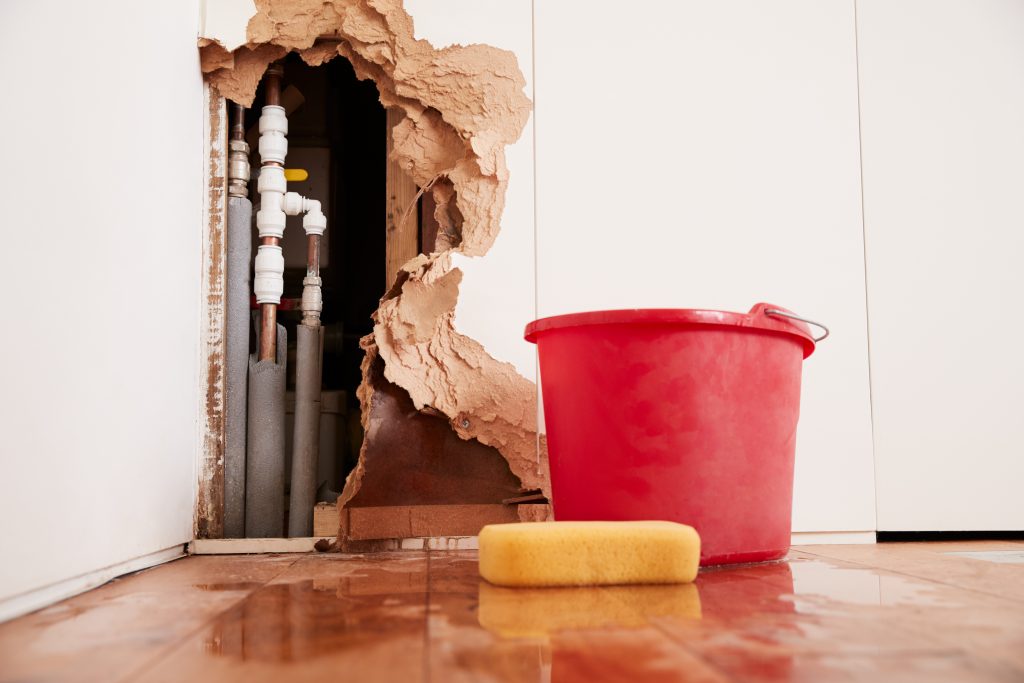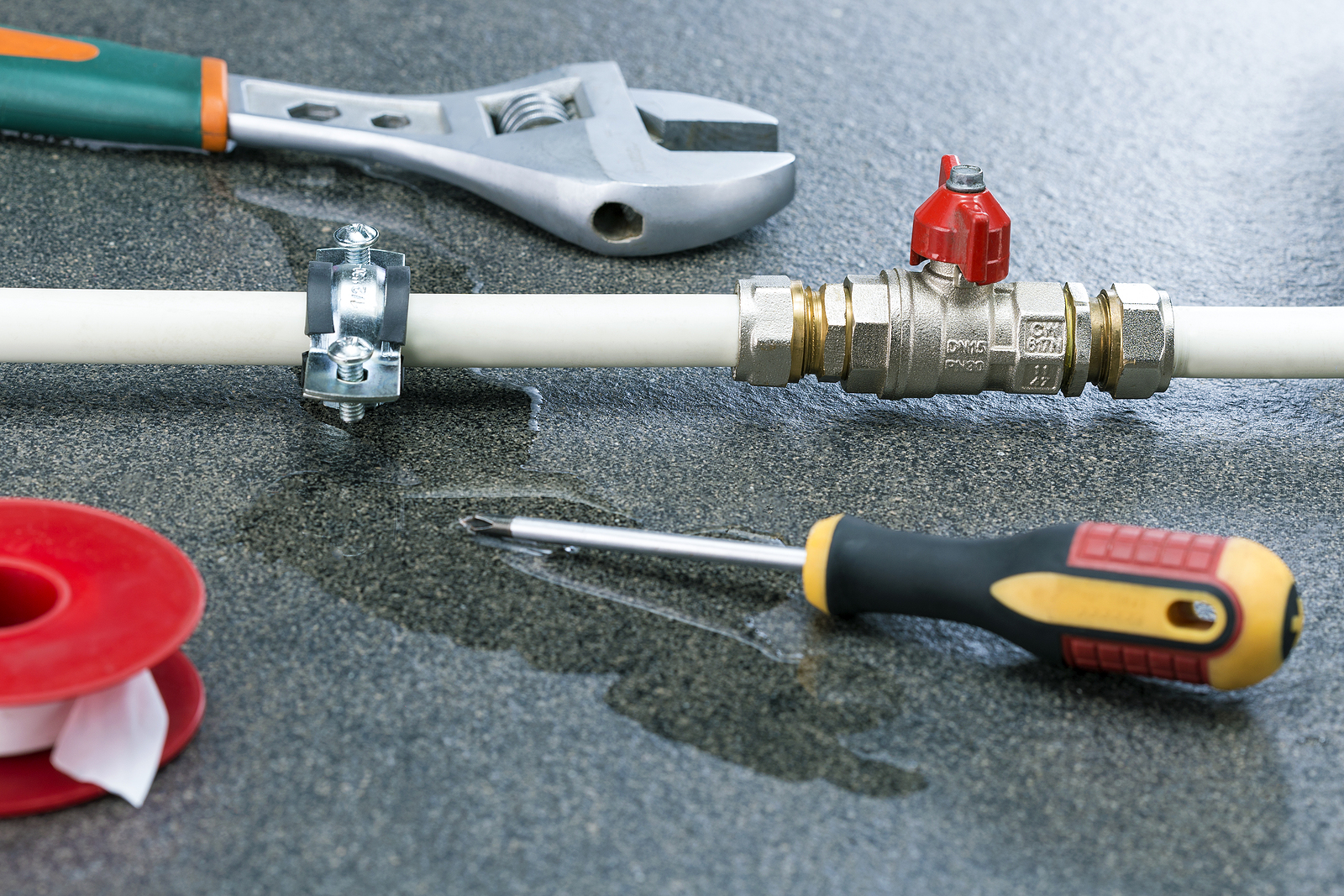Guide To Water Leak Detection At Home
Guide To Water Leak Detection At Home
Blog Article
The article author is making several good observations on Leaking water lines in general in this content in the next paragraphs.

The minute you find a leak, calling your plumber for repairs is the best service. Some tiny water leaks might not be noticeable. Here are some hacks that aid if you can not discover it with your naked eyes.
Early discovery of dripping water lines can reduce a prospective calamity. Apart from conserving you cash, it will decrease the stress as well as stress.
Inspect Water Consumption
Examine your water costs and also track your water intake. As the one paying it, you should see if there are any kind of disparities. If you identify sudden changes, in spite of your consumption coinciding, it implies that you have leaks in your plumbing system. Remember, your water expense should fall under the exact same range every month. A sudden spike in your expense suggests a fast-moving leakage.
A consistent boost every month, even with the exact same practices, shows you have a sluggish leakage that's additionally gradually intensifying. Call a plumber to thoroughly check your property, specifically if you really feel a cozy area on your flooring with piping beneath.
Check and Examine the Circumstance
Homeowners need to make it a behavior to inspect under the sink counters and also even inside cupboards for any type of bad odor or mold and mildew growth. These two warnings show a leakage so punctual attention is required. Doing routine examinations, also bi-annually, can conserve you from a major issue.
Examine the Water Meter
Examining it is a proven means that assists you discover leaks. If it relocates, that indicates a fast-moving leak. This implies you may have a sluggish leakage that could also be underground.
Asses Outside Lines
Do not forget to inspect your outdoor water lines also. Must water seep out of the link, you have a loosened rubber gasket. One little leakage can waste loads of water as well as spike your water costs.
Do a Food Coloring Test
When it comes to water usage, 30% comes from toilets. If the shade in some way infiltrates your bowl during that time without flushing, there's a leakage in between the storage tank as well as bowl.
Examine for discolorations and also damaging as the majority of pipes and home appliances have a life span. If you suspect leaking water lines in your plumbing system, don't wait for it to escalate.
The moment you locate a leakage, calling your plumber for repairs is the ideal service. Some tiny water leakages might not be noticeable. Checking it is a guaranteed means that assists you discover leaks. One little leakage can waste loads of water as well as increase your water bill.
If you suspect leaking water lines in your plumbing system, don't wait for it to intensify.
How to Know If Your Home Has a Hidden Leak
Water Meter Reveals Inexplicable Water Usage
If you’d like to test whether or not there’s a leak somewhere in your home, you can do this using your water meter. Here is how to conduct the test:
Don’t use any water in your home for at least 30 minutes; this also means not turning on faucets or water-using appliances.
Go outside, and check your water meter for activity.
If your water meter shows that there was activity, even though no one was using any water, this proves that there is a leak in your home.Visible Mold or Mildew Growth
Leaks behind walls create moist, dark environments that allow mold and mildew to grow and thrive. Eventually, you might see mold growth forming on the wall closest to a hidden leak.
If mold is growing in an area that receives a high amount of moisture, such as a bathroom, it may simply be an indication that better ventilation is needed. However, if you see mold growth on a wall or the ceiling in an area where you would not expect, you probably have a hidden leak.
Musty, Mildew Odor
Sometimes you might not be able to see the mold or mildew that is growing as a result of a leak. However, the smell can give the problem away just as easily. If you catch a whiff of something musty, there’s a good chance that old water is collecting somewhere in your home that you can’t see.
Stained/Warped Walls, Ceilings, or Floors
When your home soaks up water, a variety of red flags can become visible, including ceiling stains, bubbling drywall, warped walls, and sagging floors. While these issues can be caused by excess humidity, they can also be signs that a pipe or plumbing connection has started leaking behind your walls.
Inexplicably High Water Bill
After a while, you get a general sense for what your water bill should be. If you own a pool or sprinkler system, your bill will tend to be higher during summer. However, if you receive a water bill that seems especially high, and you can’t figure out what caused it, then you may have a hidden leak somewhere that’s increasing your bill.
https://www.plumbingjoint.com/blog/2019/july/how-to-know-if-your-home-has-a-hidden-leak/

I came across that write up about Leaking water lines while doing a lookup on the web. Those who enjoyed reading our post kindly be sure to pass it around. I love reading our article about Top leak detection hacks.
Report this page